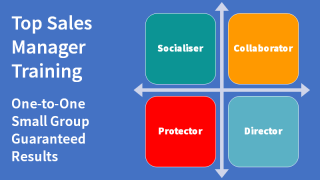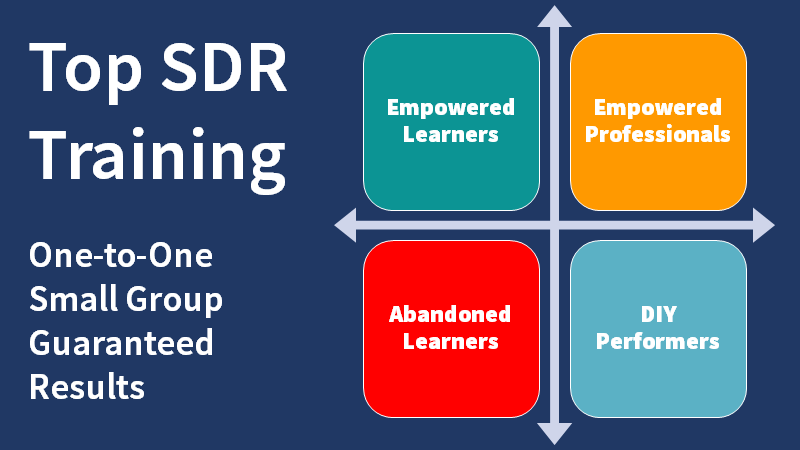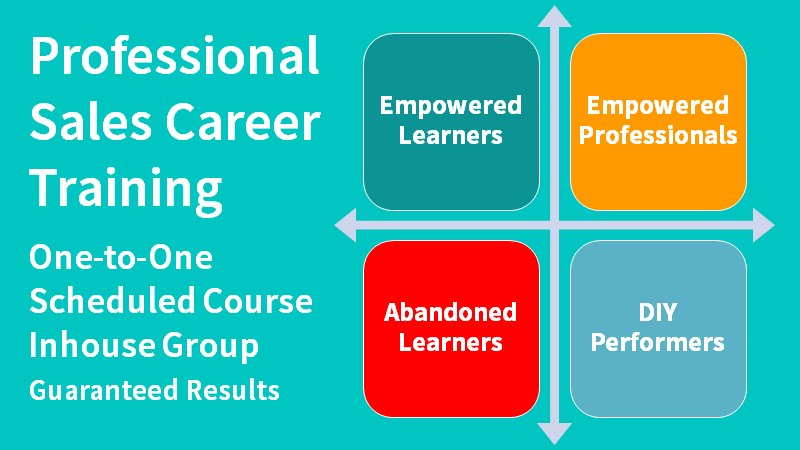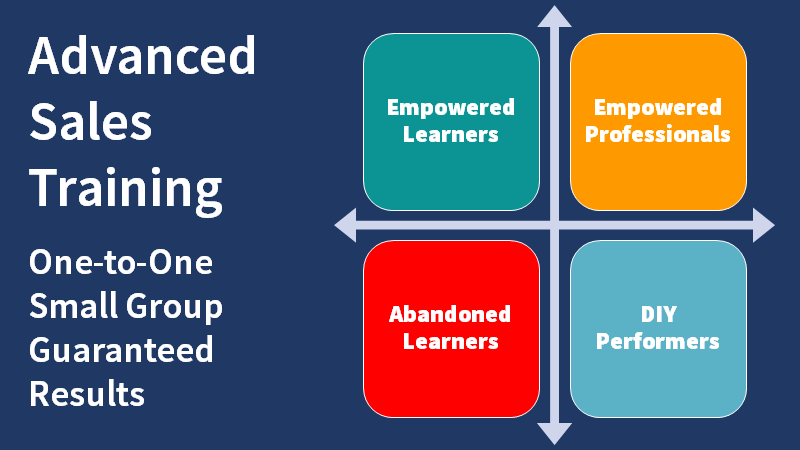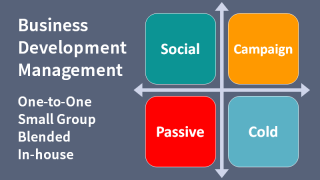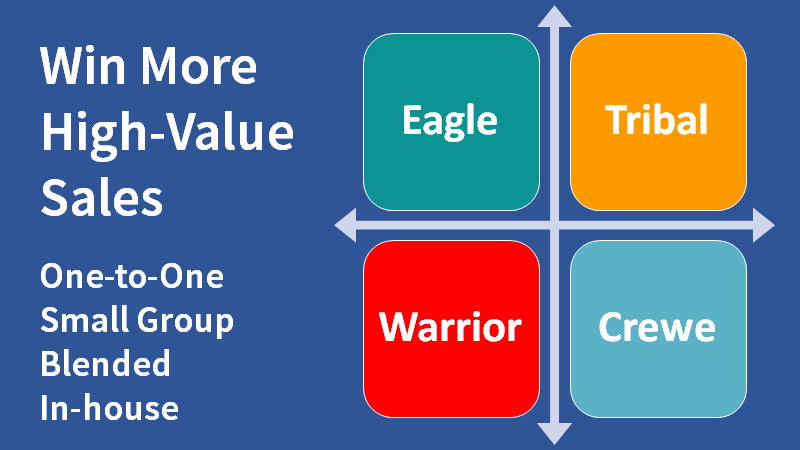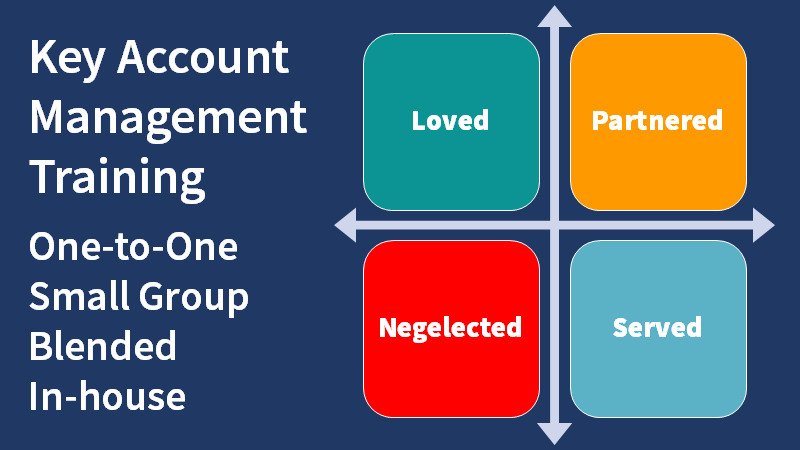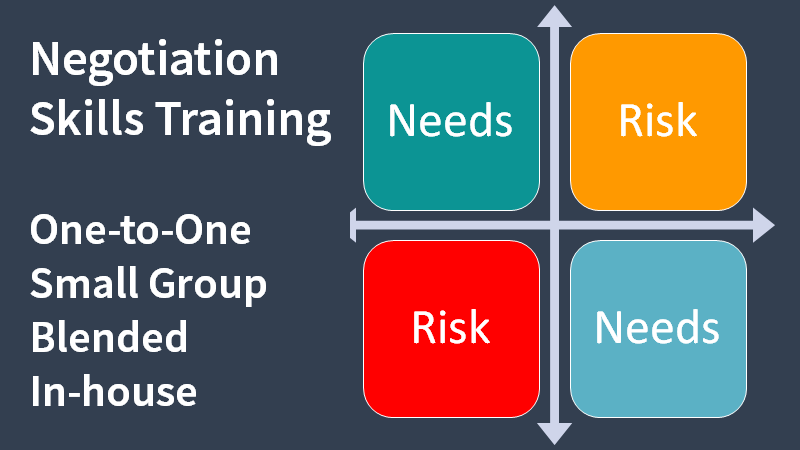Accelerated learning methods for enhancing training and learning effectiveness.

Being inspired by a learning experience jump-starts new thinking and provokes immediate action. Accelerated learning methods increase engagement and the chance of creating more paradigm-shifting moments yet success is still largely a factor of learner attitude.
Time on a course presents a rare opportunity to gather new ideas, practice applying them, and to create learning momentum.
I once asked a friend about a course she had recently attended. I said, “How was the course? Her answer was so good that I have rewritten it here. She said: “I find that the efficacy of a training course depends very much on the attitudes and enthusiasm of the participants. Personally, I found the training very good indeed.”
Here are 19 straightforward actions based on accelerated learning methods that increase the benefit of training courses, coaching sessions, and exercises.
- Take detailed notes during training. The act of thinking about what to write, paraphrasing or précising key points, and turning thoughts into notes improves understanding and increases recollection of facts, concepts and ideas.
- Ask questions of course leaders to verify or challenge understanding. Thinking up and speaking questions expands perception, improves understanding, and draws more information from the trainer.
- Play Devil’s Advocate. Take an opposite point of view to test the resilience of claims. Be careful to do this with an enquiring, polite, and respectful tone so that you don’t get labelled as a troublemaker. Be a questioner and listener rather than a debater.
- Write up an action list as the course progresses. Phrase actions as specific 'to do' items. Write a clear instructions to yourself.
- Consolidate your list of actions as soon after the course as you can. Some of your action items can be done together. Re-write your list, grouping actions together to reduce the time needed to complete them. Do this before you leave the training room. There won't be time later.
- Prioritise your actions for magnitude. Allocate a letter starting from 'A' to each action item according to the magnitude of its effect on your results. For the action that will have the greatest effect, allocate 'A'. For the action that will have the second greatest effect, allocate 'B' and so on.
- Prioritise your action list for immediacy. Allocate a number starting from '1' to each action item according to the immediacy of its effect on your results. For the action that will have the most immediate effect, allocate '1'. For the action that will have the second quickest effect, allocate '2' and so on.
- Decide what you will do first and put it at the top of your 'To Do' list. If you don't feel you can’t put it at the top, put it within the first five items. If you put it any lower, you will probably never do it.
- Set a definite time within twenty-four hours to review the course. If you spend just twenty minutes reviewing your notes and the course material, you will retain twice as much of the information.
- Make a learning map of the course. Take a blank piece of paper and turn it sideways, in landscape view. Draw a picture in the middle to represent the central theme of the training. Draw satellite pictures to represent the various sections and topics. Join each satellite image to the central theme with coloured lines. Write words and phrases to label the pictures. Add more words to represent key ideas and thoughts. Use colour to add emotion to the picture.
- Make an appointment with yourself to review the course one week afterwards. Each time you spend twenty minutes reviewing your notes and the course material, you will double your retention of the information.
- Make an appointment with yourself to review the course one month afterwards. Twenty minutes reviewing your notes and the course material will still double your long-term retention of the information.
- Make an appointment with yourself to review the course three months afterwards. Each time you review your notes and the material, you will discover something new. You will gain new insight or an additional idea that hadn't occurred to you before.
- Tell your manager and peers about the actions you plan to carry out. You will be more motivated to fulfil Public commitments.
- Ask your manager to help you stay focussed on your development objectives. Discuss your action priorities and ask your manager to regularly follow up with you to ask about your progress.
- Discuss the ideas and principles conveyed in the training with other participants. Seek different opinions and compare them with your own. Debate the issues to expand understanding.
- Use an audio recorder to practise new ways of communicating more effectively. Without practice, people quickly fall back into comfortable habits.
- Try out what you have learned. First, try it in safe situations. Create momentum by using new skills or knowledge, as soon as possible.
- Teach what you have learned to others. There is no better test of understanding than to teach something to others.
At school, learning was something that was done to us. Teachers took responsibility and applied a standard learning method. All we had to do to succeed was to follow instructions.
As adults, our attendance may be directed however learning is up to us. “If it is going to be, it’s up to me” echoes in my mind whenever my resolve threatens to crumble. This thought is usually enough to renew my motivation.
Article by Clive Miller
Take Clive Miller's free Accelerated Learning Micro Course. Start here.
If you are interested in accelerated learning methods, or increasing learning efficacy, we can help. Telephone +44 (0)1392 851500. We will be pleased to discuss your needs or talk through some options. Send an email to custserv@salessense.co.uk for a prompt reply or use the contact form here.



